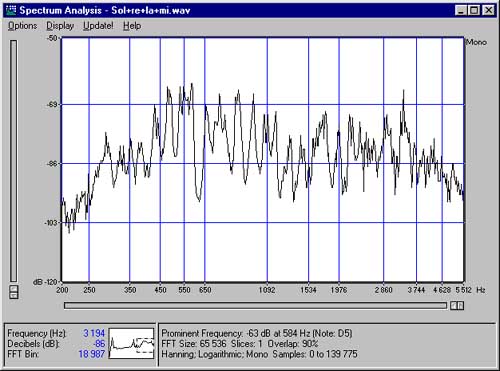glass tube (D=1,5mm) with rubber insertion.
Sounding is registered by a microphone and
is investigated with the program
Cool Edit Pro, Sound Forge ...etc.
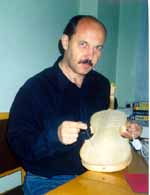
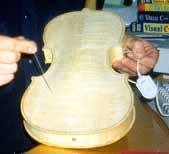
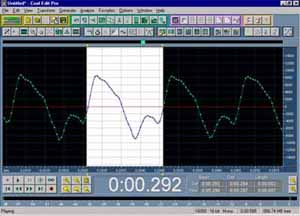

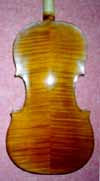
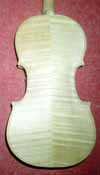
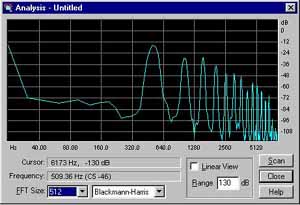

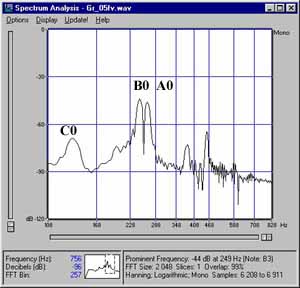
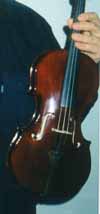
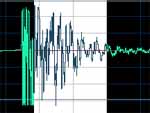
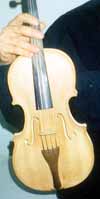
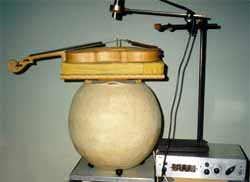
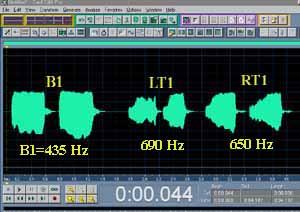
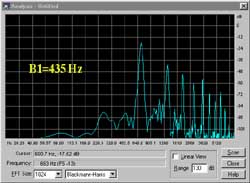
a pure (near to a sinusoid) and strong tone of some height...
At first I apply a part of a tube with a rubber insertion.
The frequencies of adjacent sites should be little differ (probably in limits of a halftone...)
At test by Fuhr by a part of a tube without a rubber insertion, you receive (will have) other tone.
Smaller site in this case vibrates. In the sounding of a violin these frequencies can be useful in selection of high-frequency formants (~2000 - 3500 Hz....)
Here we have a big field for creativity.
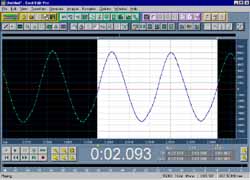
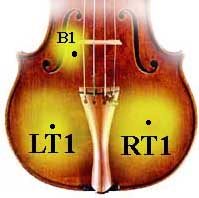
Sounding G... and its spectrum analisis.
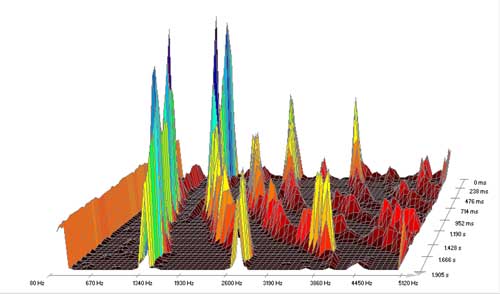
( program Sound Forge... )
